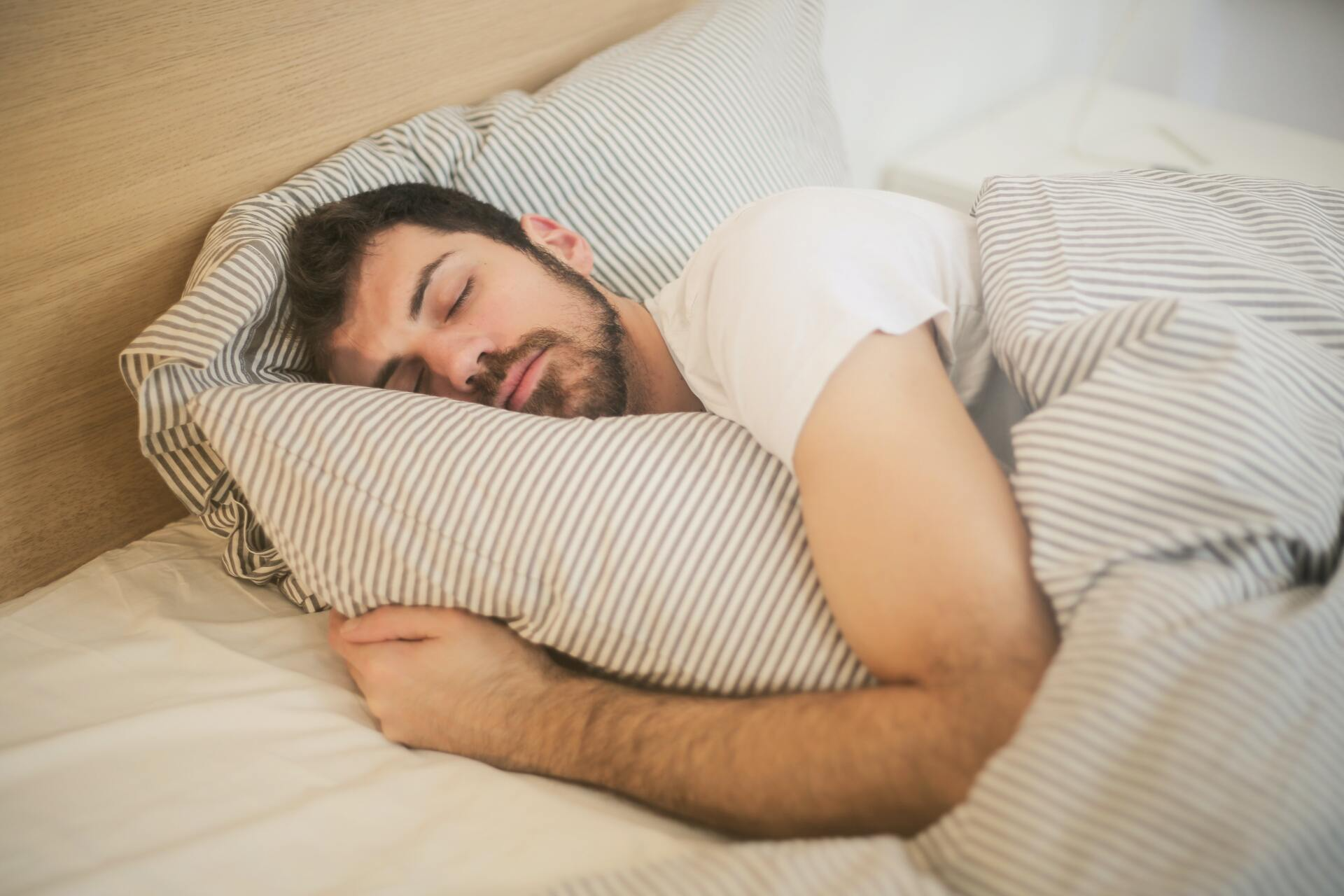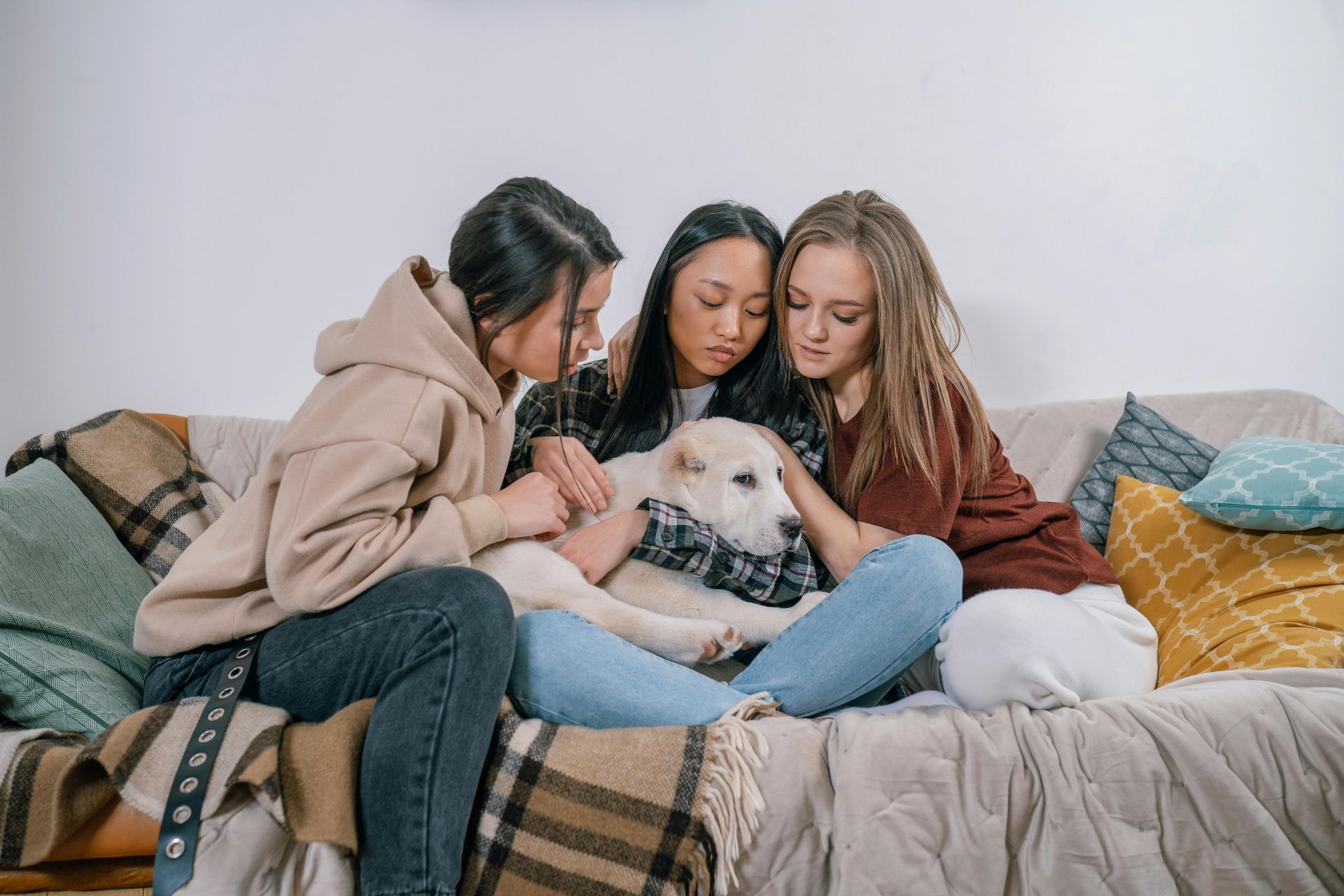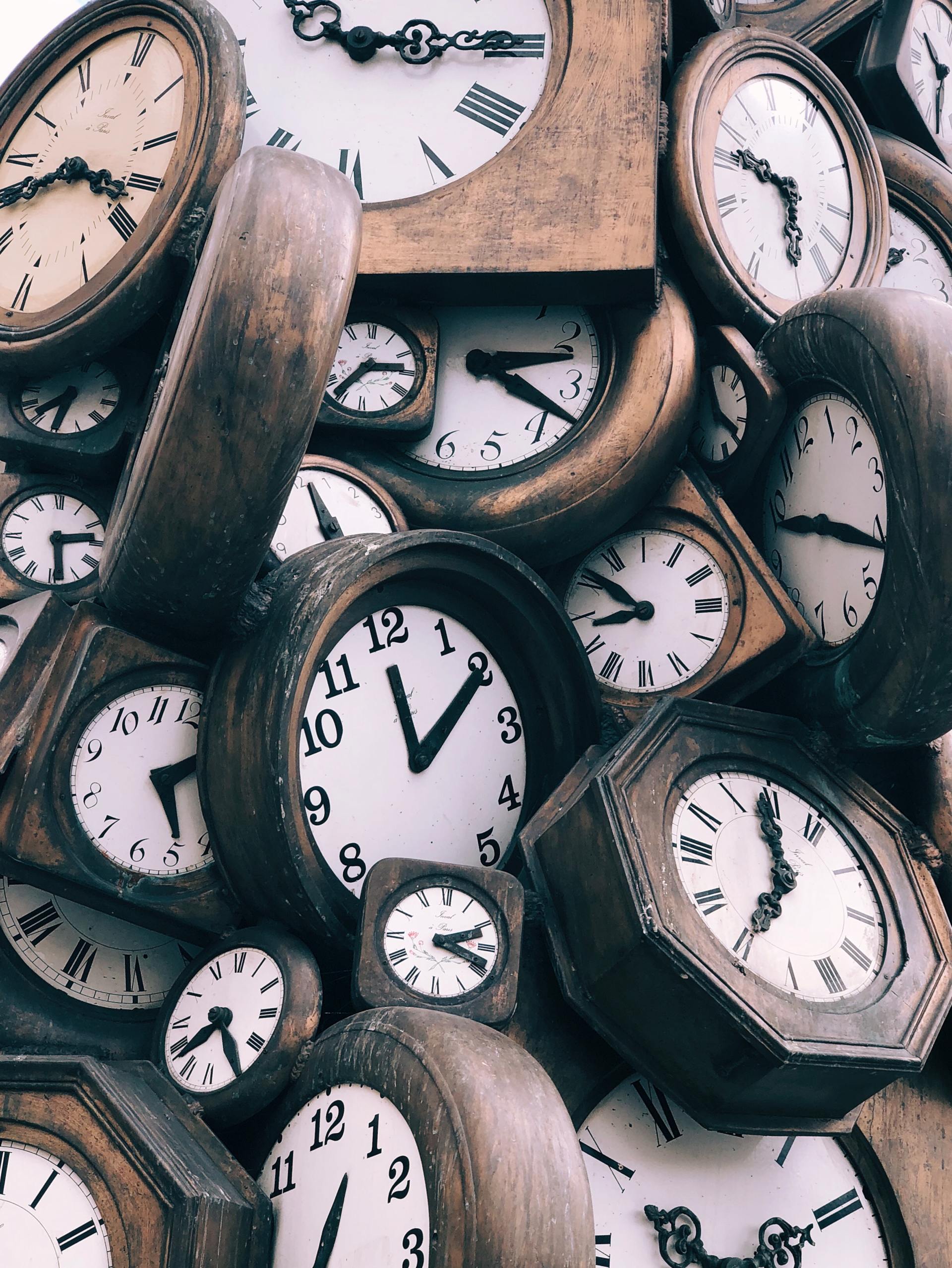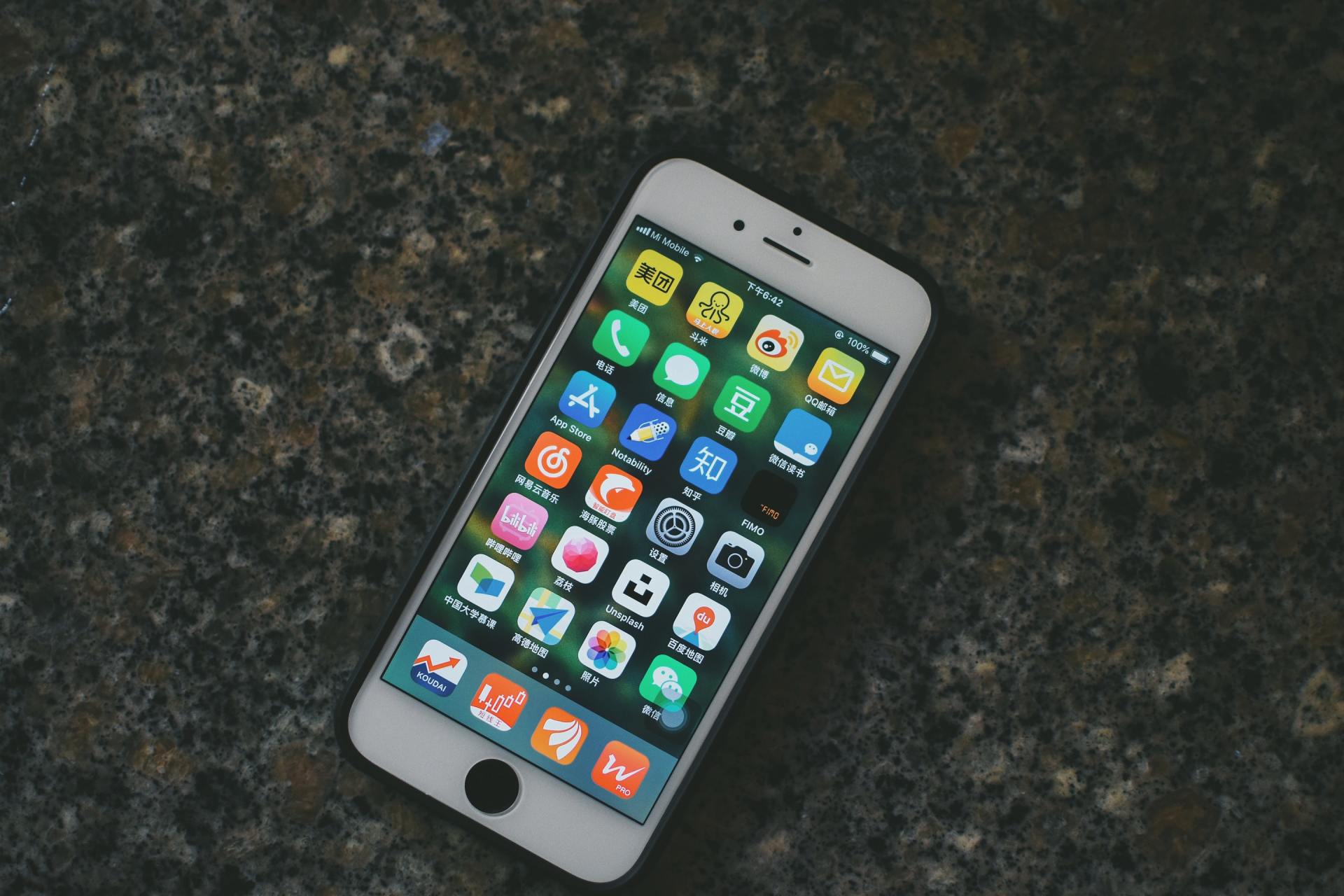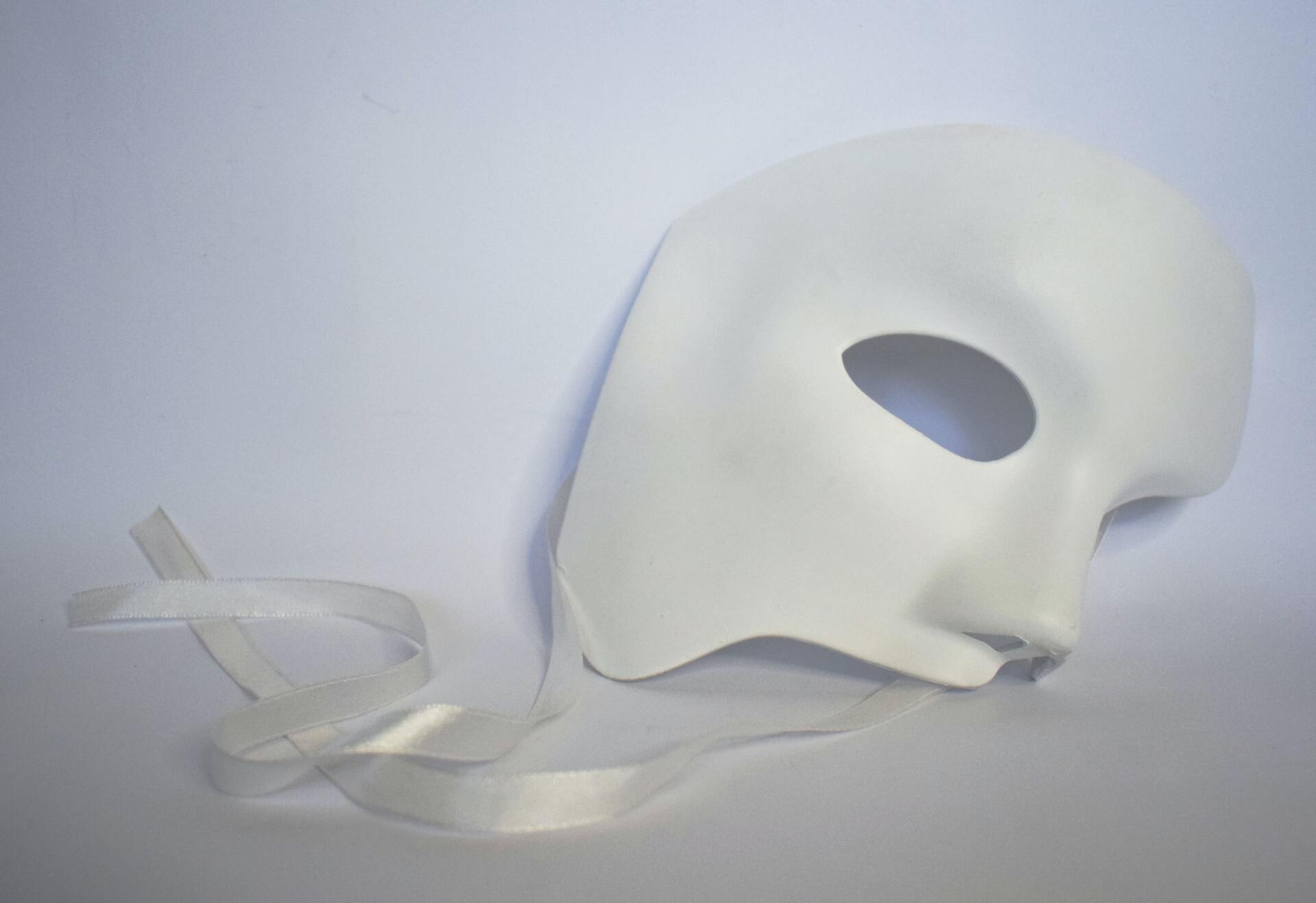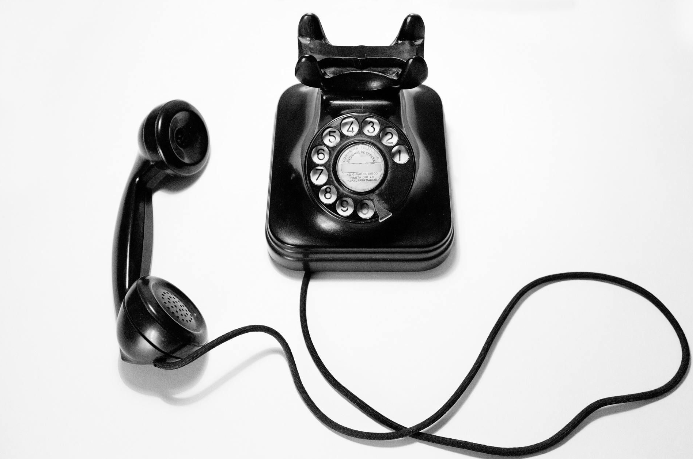Entertainment events have been cancelled, schools, stores, facilities, and restaurants are all closed. Numerous individuals are working from home. In case you’ve missed it, public health officials are advising the public to practice “physical (social) distancing”. If you don’t really know what that means, keep reading!
So, what exactly is physical distancing?
Physical distancing is to deliberately increase the physical space between yourself and others and limit the number of people you come into close contact with. It is a public health strategy aimed at helping communities slow the transmission and spread of contagious illnesses, like COVID-19. Its aim is to restrict close contact with individuals and maintain a strategic distance from others, especially from crowds. It may sound ironic because physical distancing is about getting everyone to work together, through a deliberate effort to NOT be physically together! It’s a social duty we ought to all take very seriously. Preventive measures such as physical distancing have been shown to significantly reduce the rate of new infections.
How do you DO physical distancing?
- Avoid close contact with other people within the public as COVID-19 is spread when people cough or sneeze out tiny droplets of mucus and saliva. These droplets can enter your system directly through your mouth, nose, or eyes. The virus can also survive from a few hours and up to days on certain surfaces so it is important not to maintain close proximity with others or to touch surfaces and then touch your face.
- Avoid all large crowds. This includes parties, family/friend gatherings, religious institutions, public transit, etc.
- Work from home if that is possible.
- Go outside for fresh air and sunshine while maintaining distance (a minimum of 6 feet or 2 meters) from others. How do you measure this distance? Imagine you are holding a big broom lengthwise. You’ll be the correct distance away if you can’t touch anyone with it.
- Do have online video and/or phone dates with friends and family to stay connected.
How do you NOT DO physical distancing?
- Do not hug, kiss, or shake hands when greeting others. It is safest to stay at least 6 feet or 2 meters away from people during this pandemic and strictly avoid any form of physical touch with others.
- Do not go to restaurants, bars, movie theatres, hair salons, etc. (most are closed at this time anyway).
- Do not visit your grandparents, other elderly friends or relatives, or nursing homes and long-term care facilities for the exception of dropping off food, medication, or other necessities. If an elderly person requires your care, be sure to wear a proper mask, gloves, and practice good hygiene (hand washing, showering after assisting the person).
- Do not invite friends to your home at this time. The new Centre for Disease Control (CDC) guidance is suggesting you avoid in-person social visits and opt for online video or phone calls instead.
- The CDC is also suggesting you avoid discretionary travel.
- Do not visit your dentist or go to nonessential doctor appointments.
- Do not ignore the valuable information the government and health officials are providing to you.
Practicing physical distancing is in our favour and we MUST make a temporary adjustment in our social behaviours for everyone’s safety and to reduce the pressure on health services. Making these adjustments can be a struggle for many people. Being faced with a situation in which you have no control over can be very challenging for most of us. Isolation can create feelings of loneliness, changes in mood, sadness and irritability. It can affect our sleep and appetite, and cause a loss of interest or pleasure in activities. Not having plans or something to look forward to can also be detrimental to our mental health.
If you’re experiencing COVID-19 symptoms, please contact a health professional who can help you determine if testing is needed and to advise you on what to do. Many people may experience difficulties, such as those mentioned above, in adjusting their social behaviour. If you start to experience any of these difficulties, which are often symptoms of anxiety and/or depression and you need mental health support during this pandemic, we can help! Cognitive behavioural therapy (CBT), along with mindfulness and grounding techniques are very helpful in improving mental health.
Written by Sumbel Malik, M.Psy. Candidate, B.A (Hons)
Reviewed/Edited by Dr. Stacy Lekkos, C. Psych

